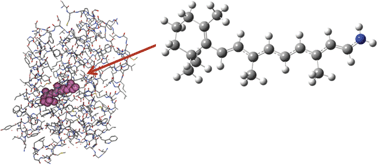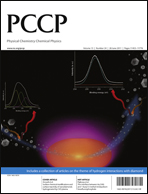The generalized hybrid orbital (GHO) method is implemented at the second-order approximate coupled cluster singles and doubles (CC2) level for quantum mechanical (QM)/molecular mechanical (MM) electronic excited state calculations. The linear response function of CC2 in the GHO scheme is derived and implemented. The new implementation is applied to the first singlet excited states of three aromatic amino acids, phenylalanine, tyrosine, and tryptophan, and also bacteriorhodopsin for assessment. The results obtained for aromatic amino acids agreed well with the full QM CC2 calculations, while the calculated excitation energies of bacteriorhodopsin and its chromophore, all-transretinal, reproduced the environmental shift of the experimental data. For the bacteriorhodopsin case, the environmental shift of GHO also showed good agreements with the experimental data. The contribution of the quantum effect of certain moieties in the excited states is elucidated by changing the partitioning of QM and MM regions.

You have access to this article
 Please wait while we load your content...
Something went wrong. Try again?
Please wait while we load your content...
Something went wrong. Try again?


 Please wait while we load your content...
Please wait while we load your content...